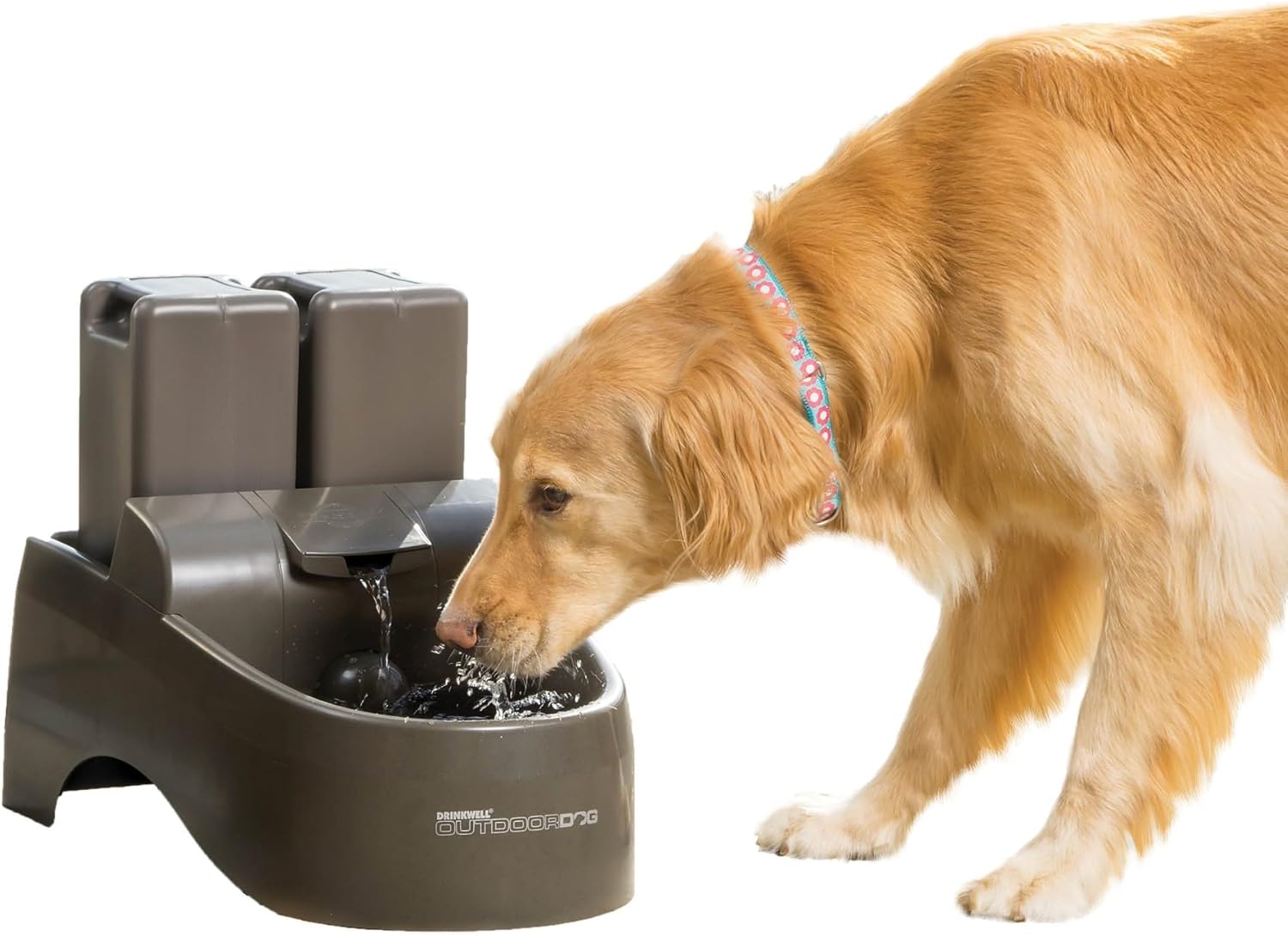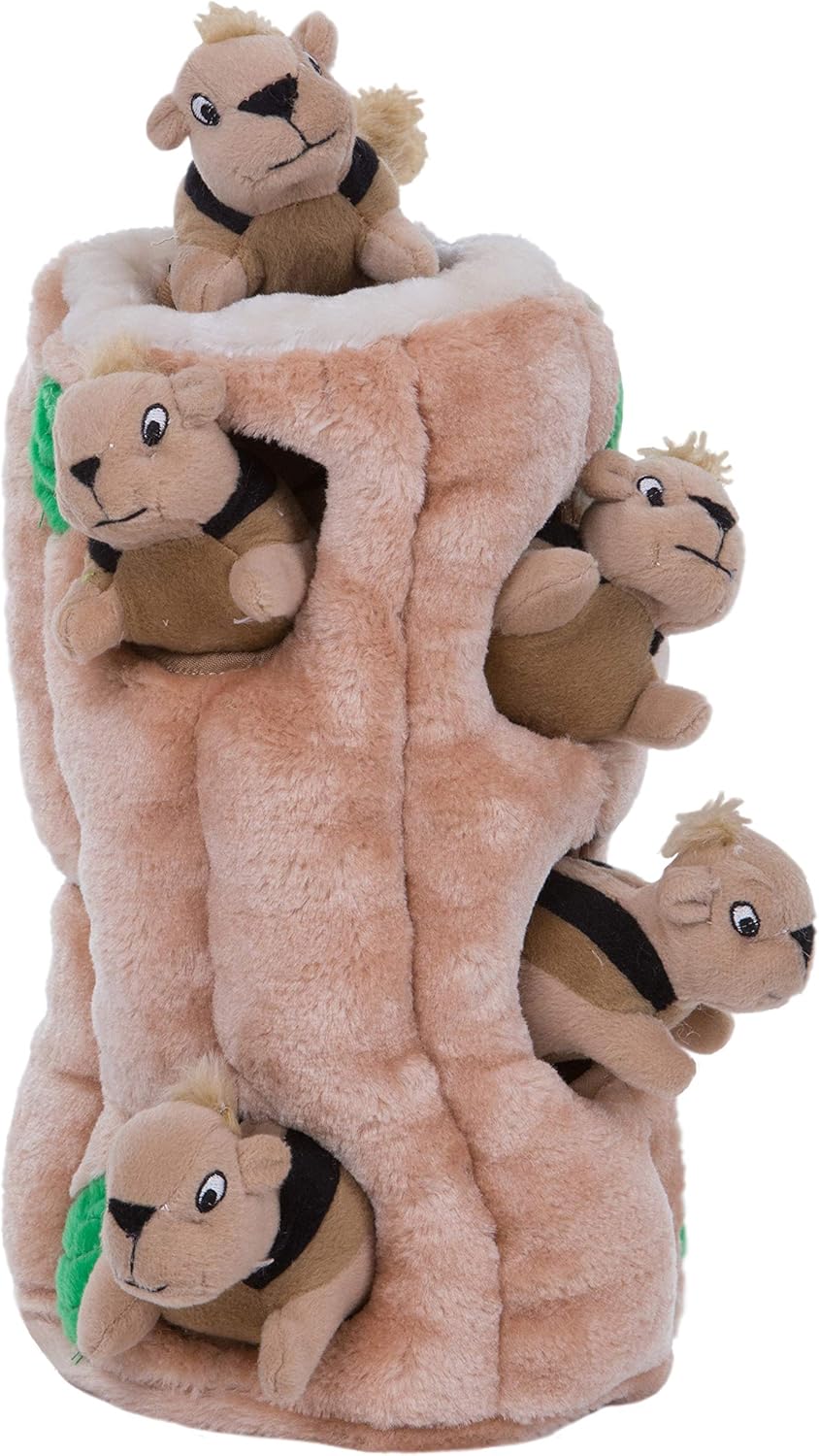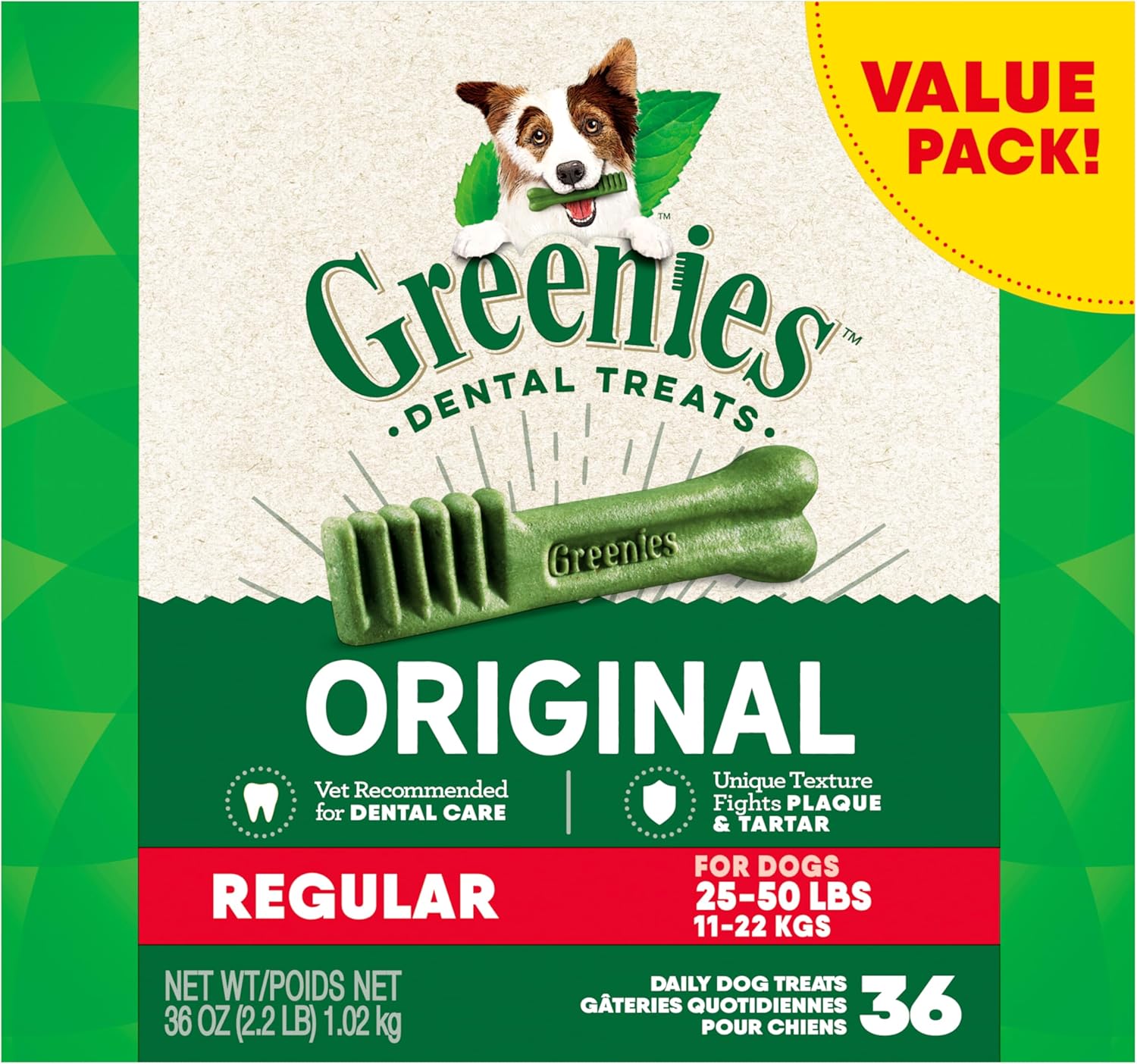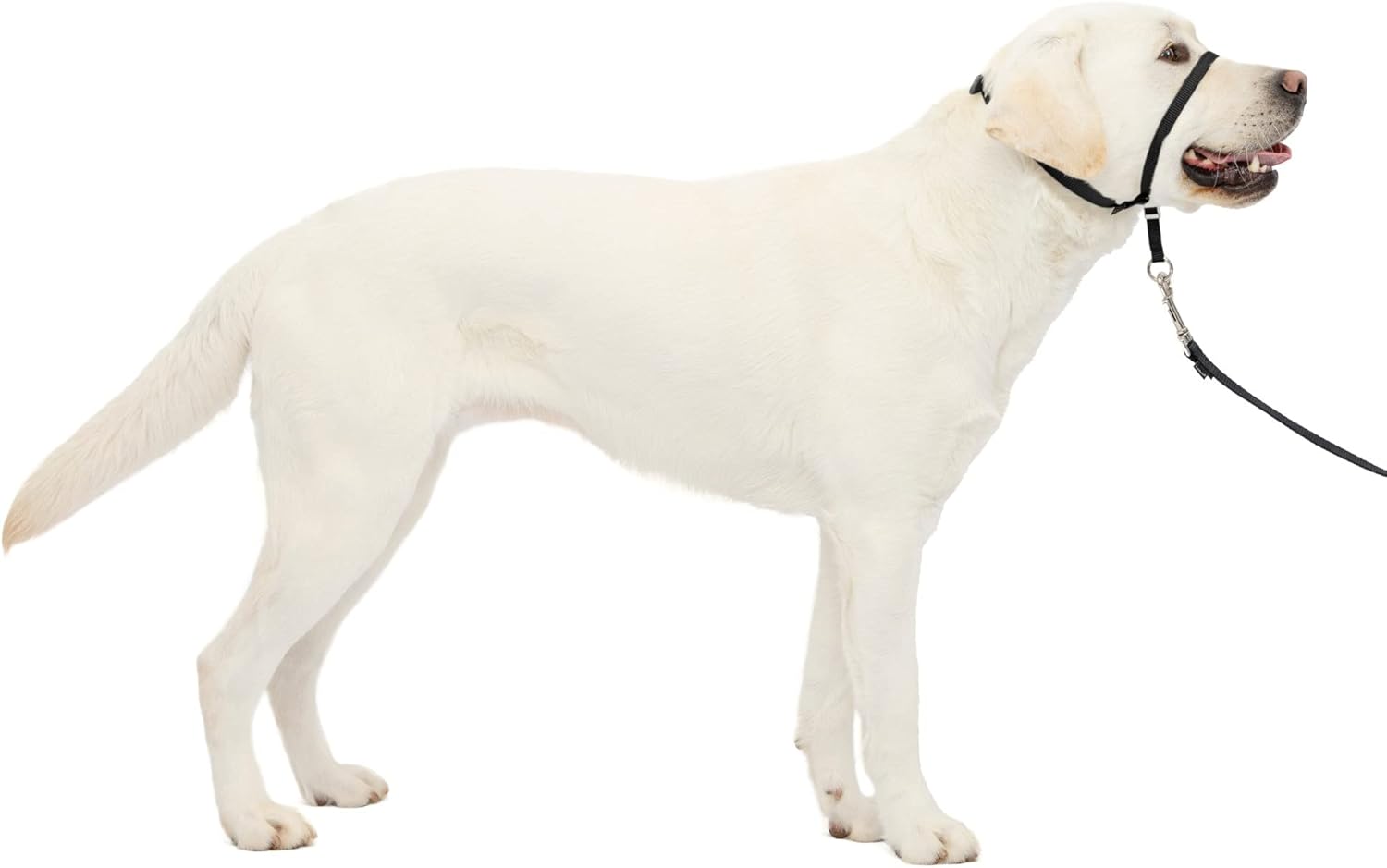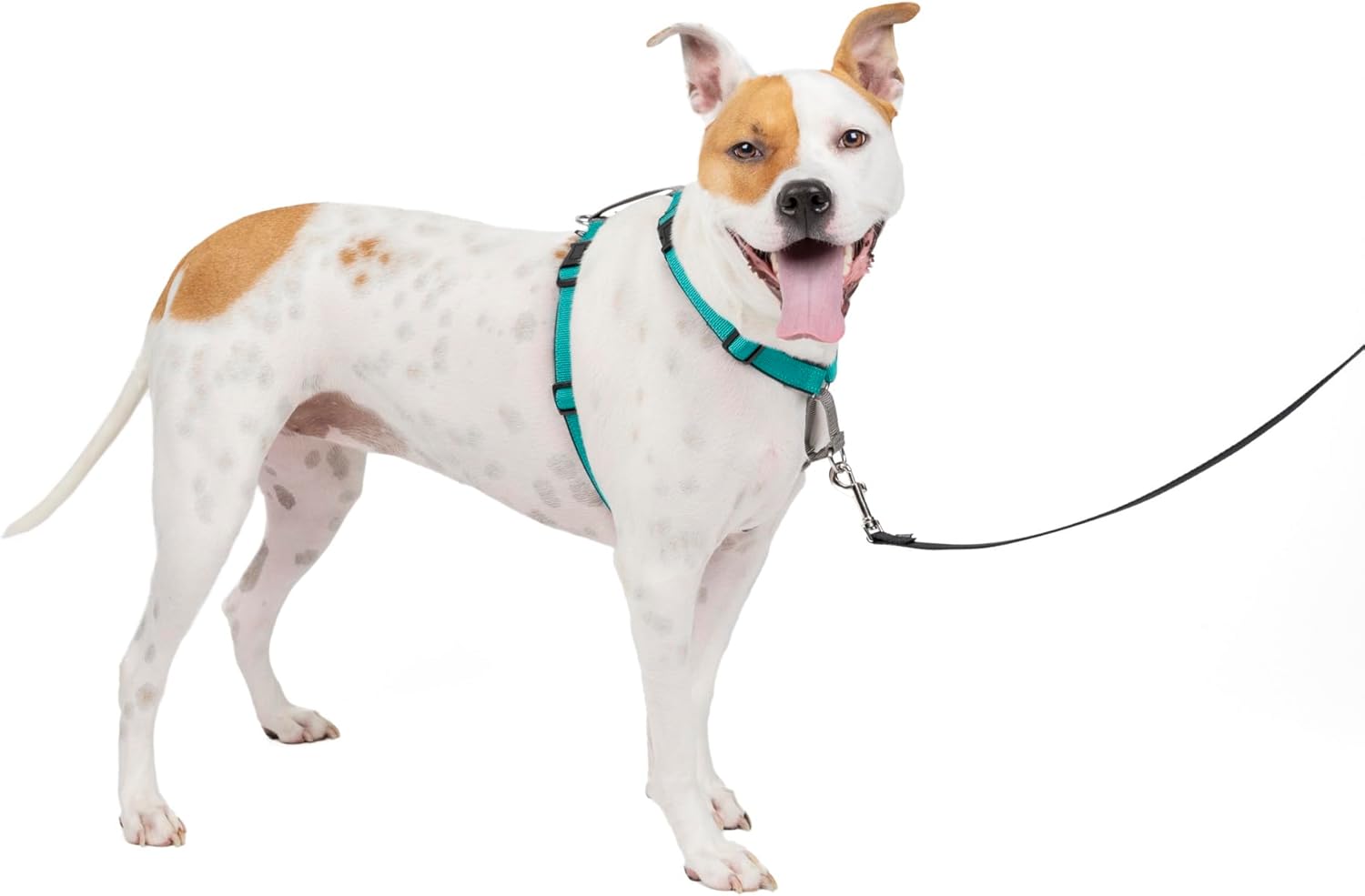 |
Key Points on How to Manage a Multi-Dog Household:
|
| Living in a multi-dog household is rewarding but requires careful management to maintain harmony. Recognizing natural hierarchies, providing consistent leadership, and introducing new dogs gradually help foster cooperation. Structured routines, separate feeding areas, regular exercise, and mental stimulation ensure each dog feels valued and reduce conflicts.
Socialization, monitoring body language, and offering safe spaces create a stress-free environment. By addressing each dog’s physical and emotional needs, a multi-dog household can thrive as a joyful, balanced home. In this article, we explore strategies for maintaining harmony, managing conflicts, and tailoring care to create a peaceful multi-dog environment. |
|
1. Understanding Canine Hierarchies
Dogs are social animals that naturally establish hierarchies within their pack. In a multi-dog household, recognizing and respecting these hierarchies is crucial. Each dog will find its place in the pecking order, and these positions often become apparent during play, feeding, and social interactions.
- Observe Pack Dynamics: Pay attention to which dogs naturally assert dominance and which tend to be more submissive. These interactions are normal and should be observed without interference unless they escalate into aggression.
- Avoid Forcing Equality: While it’s natural to want all dogs to be treated equally, dogs themselves don’t operate on this principle. Trying to enforce equal status among your dogs can lead to confusion and conflict.
- Support the Natural Order: If one dog is more dominant, support this by allowing them to be first during routine activities, such as feeding or going through doors. This may seem counterintuitive, but it can prevent unnecessary tension.
2. Introducing New Dogs
Bringing a new dog into an established multi-dog household can be tricky. Proper introductions and gradual integration are key to success.
- Neutral Ground First: Before bringing a new dog home, introduce them on neutral territory, such as a park. This minimizes territorial aggression.
- Controlled First Meeting: Keep all dogs on a leash during the first introduction to prevent immediate confrontations. Allow them to sniff and explore each other calmly.
- Slow Integration: Allow the new dog to explore the home in short increments, supervised at all times. Gradually increase their time together with the other dogs, ensuring positive interactions.
- Monitor Existing Dogs’ Behavior: Established dogs might feel threatened by a new member. Watch for signs of jealousy or territorial behavior and address them early with positive reinforcement and redirection.
3. Feeding Multiple Dogs
Meal times can be a source of conflict in multi-dog households. Feeding strategies should be structured to avoid tension and ensure each dog eats peacefully.
- Separate Feeding Areas: Feed each dog in separate rooms, crates, or designated areas. This prevents food guarding and competitive eating.
- Structured Meal Times: Feed your dogs simultaneously each day, but in a structured manner, where more dominant dogs are fed first. This reduces stress and anxiety.
- Supervise Mealtimes: Watch over your dogs while they eat to ensure no one attempts to steal food from another. If this becomes an issue, use barriers or crates during meals.
4. Establishing Routines and Boundaries
Dogs thrive on routine. In a multi-dog household, consistency in daily schedules and established boundaries are essential for maintaining harmony.
- Consistent Walk Times: Walk your dogs simultaneously daily, ideally in a group if all dogs are compatible. Group walking builds pack cohesion and reduces competition.
- Set Household Rules: Establish clear furniture access, playtime, and bedtime boundaries. Enforce these rules consistently across all dogs.
- Training Sessions for All Dogs: Even if one dog is already well-trained, refresh training with all dogs regularly. This ensures they stay responsive to commands and respectful of each other’s space.
5. Preventing and Managing Conflicts
Even the most well-balanced multi-dog households will experience occasional conflicts. Understanding why these happen and how to manage them is crucial.
Quick Tips: Do’s and Don’ts for Managing Multi-Dog Household Aggression
| Do’s | Don’ts |
| Do Establish Clear Leadership: Be a calm, consistent leader. Dogs look for strong, confident guidance. | Don’t Ignore Early Signs of Tension: Address issues like growling or snapping immediately before they escalate. |
| Do Provide Separate Resources: Feed dogs in different areas and offer separate toys, beds, and spaces to prevent competition. | Don’t Force Dogs to Share: Avoid making dogs share high-value resources like toys or food bowls, as this can lead to conflict. |
| Do Monitor Body Language: Watch for warning signs like stiff postures, staring, or growling and intervene early. | Don’t Punish Aggression with Aggression: Yelling or physically punishing dogs can increase anxiety and worsen aggression. |
| Do Train Regularly Together: Use group training to reinforce commands and promote cooperative behavior among your dogs. | Don’t Show Favoritism: Favoring one dog over another can lead to jealousy and competition, increasing aggression. |
| Do Offer Plenty of Exercise and Mental Stimulation: Tired dogs are less likely to become aggressive. Ensure each dog gets adequate physical and mental activity. | Don’t Allow Unsocialized Dogs Unsupervised Together: If a dog is new or struggles with socialization, supervise closely to prevent fights.
These quick tips can help maintain peace and prevent aggression in a multi-dog household. |
6. Exercise and Mental Stimulation
Dogs can entertain each other in a multi-dog household, but it’s still important to provide structured physical and mental stimulation.
- Group Play: Encourage group playtime in a safe, enclosed space. This helps burn off energy and strengthens their bond.
- Individual Time with Each Dog: Spend one-on-one time with each dog regularly. This ensures they don’t feel neglected and allows you to focus on individual training or bonding.
- Mental Enrichment: Use puzzle toys, scent games, and training sessions to stimulate your dogs mentally. Rotate toys regularly to maintain interest.
7. Socialization with Outside Dogs
Socializing your dogs with others outside the household is beneficial for building confidence and reducing territorial behavior.
- Group Walks with Other Dogs: Arrange group walks with friends’ dogs or attend dog parks where your dogs can interact with unfamiliar dogs in a controlled setting.
- Obedience Classes: Enroll your dogs in obedience or agility classes. These classes provide socialization opportunities while reinforcing good behavior.
- Supervised Playdates: Organize supervised playdates if you have a trusted friend with dogs. These interactions can help your dogs learn to share and adapt to new social situations.
8. Healthcare and Grooming Considerations
Managing healthcare in a multi-dog household requires a bit more attention, as illnesses or parasites can spread quickly.
- Regular Vet Visits: Ensure all dogs have up-to-date vaccinations, as well as flea, tick, and heartworm preventatives. Schedule regular checkups to monitor their health.
- Separate Grooming Sessions: Groom each dog individually to avoid jealousy or anxiety. Use the time to check for signs of health issues, like lumps, parasites, or skin problems.
- Disease Prevention: Regularly clean feeding areas, water bowls, and sleeping spaces to prevent the spread of bacteria or parasites.
9. The Importance of Leadership
Dogs look to you as the leader of their pack. Strong, consistent leadership reduces anxiety and promotes harmony.
- Be Firm and Fair: Establish yourself as the leader by being consistent, fair, and firm in your interactions. This reduces confusion and reinforces your role as the guide.
- Positive Reinforcement: Implement positive reinforcement methods to promote desirable behavior. Reward cooperation and peaceful interactions with treats, toys, and praise.
- Stay Calm and Confident: Your dogs will feed off your energy. If you stay calm, confident, and in control, they are more likely to follow suit.
10. The Emotional Needs of Each Dog
While dogs in a multi-dog household may find companionship in each other, they still rely on you for emotional support and bonding.
- Individual Attention: Make it a priority to spend quality time with each dog. This could be a quiet cuddle session, a walk, or playtime, ensuring each dog feels valued and secure.
- Monitor Behavioral Changes: Watch for changes in behavior, such as withdrawal, increased aggression, or anxiety, which could signal that a dog feels neglected or overwhelmed.
- Provide Safe Spaces: Ensure each dog has a designated calm space to go to if they need time alone. This reduces stress and prevents conflict.
11. Managing Different Energy Levels
In a multi-dog household, dogs often have varying energy levels. Managing these differences is important for a balanced environment.
- Tailored Exercise Routines: Younger or high-energy dogs may need more exercise than older or lower-energy dogs. Adjust walking schedules, playtimes, and training sessions accordingly.
- Separate Play Sessions: High-energy dogs may overwhelm calmer ones. Offer separate play sessions tailored to each dog’s needs, or supervise mixed play closely.
- Rotate Toys and Activities: Keep the environment stimulating by rotating toys and introducing new activities. This prevents boredom and caters to each dog’s interests.
12. Compatible Dog Breeds for Multi-Dog Households
When choosing dog breeds that will live harmoniously together in a multi-dog household, considering factors like temperament, energy levels, size, and compatibility is crucial. Some breeds naturally get along better with others due to their sociability, adaptability, and general disposition. Here’s a table of dog breeds that tend to match well together:
| Breed 1 | Breed 2 | Why They Work Together | Personality Match |
| Golden Retriever | Labrador Retriever | Both are friendly, outgoing, and have similar energy levels. | Affectionate, social, and enjoy playtime and bonding without much conflict. |
| Beagle | Cocker Spaniel | Both are curious, playful, and known for their friendly nature. | Gentle, typically non-aggressive, making them a peaceful match. |
| Poodle | Bichon Frise | Both are intelligent, affectionate, and adapt well to different environments. | Playful, friendly, and low-shedding, simplifying grooming care. |
| Cavalier King Charles Spaniel | Pug | Both are small, friendly, and affectionate with similar energy levels. | Companion dogs that enjoy being with people and other dogs, making them a good match for each other. |
| Border Collie | Australian Shepherd | Both are highly intelligent, energetic, and thrive on mental and physical stimulation. | Active lifestyles with a shared need for physical and mental stimulation. |
| Boxer | Labrador Retriever | Both are energetic, playful, and love interaction with people and other dogs. | Strong desire to please and match well in energy and temperament. |
| Siberian Husky | Alaskan Malamute | Both share a need for physical activity and pack-oriented living. | Social, independent, and good in multi-dog settings when properly trained. |
| German Shepherd | Doberman Pinscher | Both are loyal, intelligent, and thrive on training and structure. | Strong working drive and protective instincts with consistent leadership. |
| Shih Tzu | Maltese | Both are low-energy lap dogs that love companionship. | Calm, loving personalities, making them great for a harmonious relationship. |
| Whippet | Italian Greyhound | Both are gentle, quiet, and enjoy short bursts of speed. | Laid-back demeanor and similar play styles, creating a peaceful dynamic. |
How to Control Excessive Barking in a Multi-Dog Household
Effective strategies and commands to manage and reduce excessive barking in a multi-dog household.
| Strategy | Explanation | Commands to Use |
| Identify the Barking Trigger | Determine what causes the barking (e.g., doorbell, visitors, other dogs). | Use “Quiet” or “Enough” commands to interrupt barking. |
| Teach the “Quiet” Command | Train dogs to stop barking on command. Reward them for stopping when told. | “Quiet” or “Hush” followed by treats when they comply. |
| Redirect Attention | When barking starts, redirect dogs to focus on another activity or command. | “Come,” “Sit,” or “Down” to shift their focus away from barking. |
| Establish Calm Behavior Before Trigger | Train dogs to remain calm when triggers like the doorbell occur. | “Stay” or “Place” commands before the barking trigger occurs. |
| Provide Consistent Exercise | Ensure dogs are getting enough physical and mental exercise to prevent boredom. | Regular obedience training sessions with commands like “Heel” or “Fetch.” |
| Use Group Training Sessions | Train all dogs together to respond to the same command for coordinated behavior. | Group “Quiet” or “Sit” commands to manage barking as a pack. |
| Reinforce Positive Behavior | Reward dogs for staying quiet and calm during known barking triggers. | Use “Good Quiet” or “Good Stay” along with treats or praise. |
| Limit Exposure to Barking Triggers | Minimize situations that set off barking, like leaving blinds open for passersby. | “Leave It” to redirect attention from outside distractions. |
| Avoid Yelling or Aggravation | Yelling can escalate barking; stay calm and use low, firm tones instead. | Use firm, calm commands like “Quiet” or “No Bark.” |
| Introduce Puzzle Toys and Mental Stimulation | Keep dogs engaged and mentally stimulated to reduce boredom barking. | “Find It” or “Get It” commands tied to treat-dispensing toys. |
Quick Tips: Do’s and Don’ts for Managing Multi-Dog Household Aggression
Do’s
- Do Establish Clear Leadership: Be a calm, consistent leader. Dogs look for strong, confident guidance.
- Do Provide Separate Resources: Feed dogs in different areas, and offer separate toys, beds, and spaces to prevent competition.
- Do Monitor Body Language: Watch for warning signs like stiff postures, staring, or growling and intervene early.
- Do Train Regularly Together: Use group training to reinforce commands and promote cooperative behavior among your dogs.
- Do Offer Plenty of Exercise and Mental Stimulation: Tired dogs are less likely to become aggressive. Ensure each dog gets adequate physical and mental activity.
Don’ts
- Don’t Ignore Early Signs of Tension: Address issues like growling or snapping immediately before they escalate.
- Don’t Force Dogs to Share: Avoid making dogs share high-value resources like toys or food bowls, which can lead to conflict.
- Don’t Punish Aggression with Aggression: Yelling or physically punishing dogs can increase anxiety and worsen aggression.
- Don’t Show Favoritism: Favoring one dog over another can lead to jealousy and competition, increasing aggression.
- Don’t Allow Unsocialized Dogs Unsupervised Together: If a dog is new or struggles with socialization, supervise closely to prevent fights.
Preventing and Managing Conflicts in a Multi-Dog Household
Key strategies and techniques to prevent conflicts and maintain harmony in a multi-dog household.
| Strategy | Description |
| Establish Consistent Leadership | Be the calm and assertive leader. Dogs follow confident guidance, which reduces anxiety and tension. |
| Separate High-Value Resources | Feed dogs in separate areas and provide individual toys and beds to prevent resource guarding. |
| Monitor Body Language | Watch for signs of tension like stiffening, growling, or staring. Intervene early to diffuse conflict. |
| Create Structured Routines | Dogs thrive on consistency. Set regular feeding, play, and walk schedules to reduce uncertainty. |
| Use Group Training Sessions | Regular group obedience sessions reinforce good behavior and encourage cooperative pack dynamics. |
| Provide Adequate Exercise | Tired dogs are less likely to fight. Ensure each dog gets enough physical activity and mental stimulation. |
| Supervise Interactions | Always supervise dogs during high-energy activities like playtime or when introducing a new dog. |
| Avoid Favoritism | Treat all dogs equally to prevent jealousy, which can lead to conflicts and fights. |
| Use Positive Reinforcement | Reward calm behavior and peaceful interactions with treats, praise, or playtime to encourage harmony. |
| Provide Safe Retreat Spaces | Ensure each dog has a designated space to retreat to when they need alone time, reducing stress. |
Essential Tools for a Harmonious Multi-Dog Household: Top Amazon Picks for Peace and Companionship
Conclusion
Successfully managing a multi-dog household requires patience, consistency, and an understanding of each dog’s unique needs. You can create an environment where all your dogs thrive by establishing clear leadership, setting structured routines, and addressing the hierarchy naturally found within dog packs. It’s important to recognize that each dog has its own personality, and catering to their differences while fostering cooperation can significantly reduce conflicts and enhance harmony. Regular group training, individualized attention, and ensuring all dogs get sufficient exercise and mental stimulation are key strategies for maintaining a happy and peaceful household.
If managed correctly, a multi-dog home can be a place of immense joy and companionship. Challenges such as aggression, resource guarding, and excessive barking can be minimized by implementing proactive techniques, promoting positive reinforcement, and respecting the social dynamics within your dog pack. With proper management and a consistent approach, your dogs can coexist and develop strong, loving bonds with each other and with you, creating a balanced and enriching environment for everyone involved.


